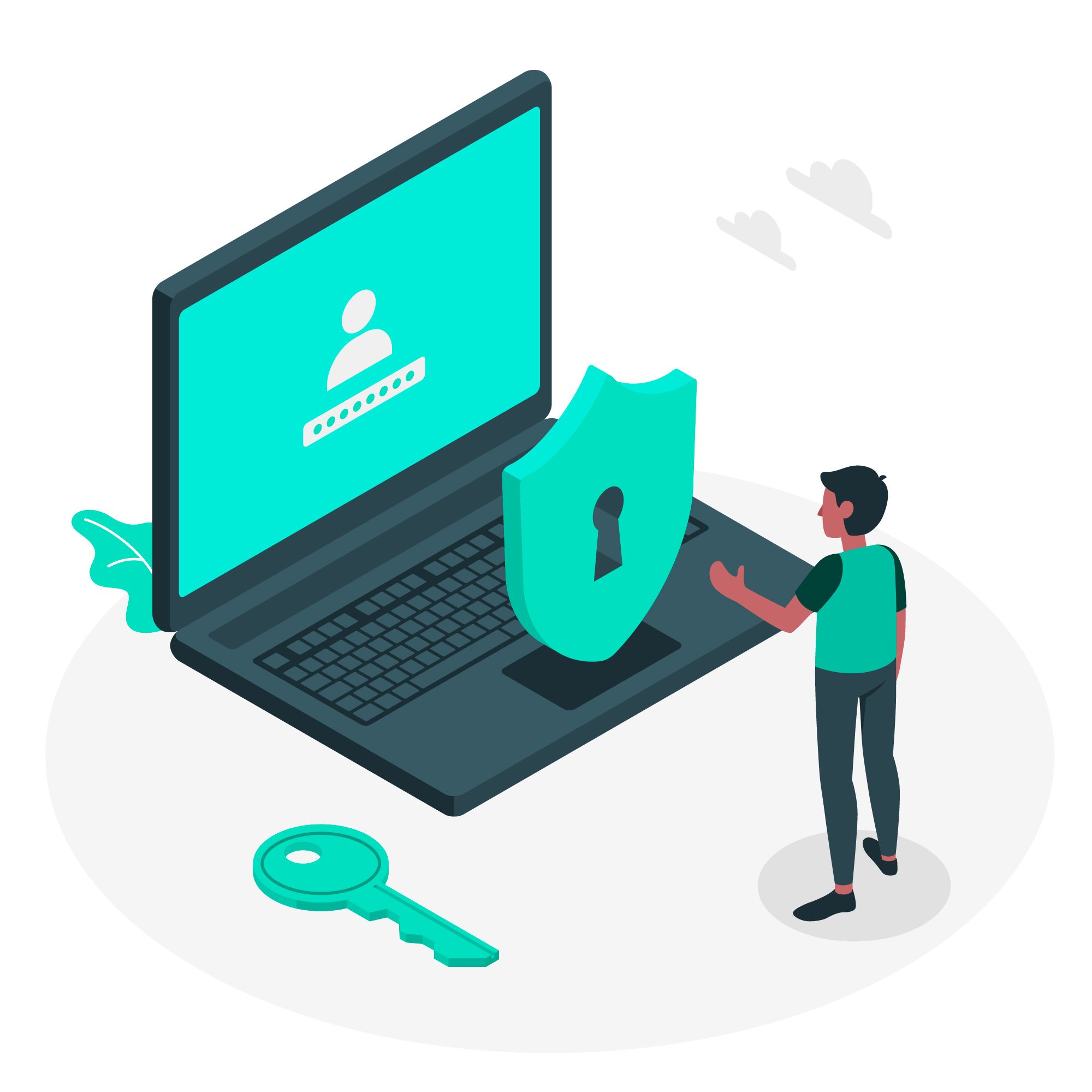
Business has been vastly affected by mobility, the adoption of Bring Your Own Device (BYOD) practices, the rise of the Internet of Things (IoT), and various other digital shifts. This has changed, but not diminished, the methods that cyber attackers use to target company data. No company is ever completely free of the threat that hackers pose but, maintaining multiple levels of security can be a highly effective IT practice. As early as 2016, sources such as NetworkWorld reported that two-factor authentication could prevent 80% of data breaches.
Multi-factor authentication is the larger category under which two-factor authentication falls, requiring the use of two or more consecutive modes of authentication to obtain access to secure information. Improved security with the use of multi-factor authentication is due to the layers of protection that hackers must get through. Attackers must not only crack an initial security measure like a password; they must also get past the remaining factor(s), which requires an increased level of sophistication in hacking ability.
There are three types of authentication that can be factors.
Know the 3 Types of Authentication to Ensure Cyber Security
- Something You Have: This factor of authentication involves something within your possession. Many members of the public are familiar with one form of this factor, SMS messaging, since services like Facebook and Yahoo allow users to verify their identity by sending texts with a specific pin to the user’s phone. Businesses can opt to issue a handheld token or USB device containing a secure access code to authorized personnel.
- Something You Are: For this category, biometric authentication is required. Physical proof of identity – such as a thumb print or an iris scan – must be provided in order to gain access to protected devices or information. Recently, face and gait recognition technology have also become options for biometric authentication.
- Something You Know: Anything that only you can know, including a pattern, a combination of answers to security questions, or a passphrase, falls under this category. Widely used forms of this type of credential, such as usernames and passwords, are often the most easily hacked.
Protect Your Company’s Customers and Services
Threats to the security of your business can never be totally eradicated but implementing at least two components of multi-factor authentication can greatly reduce the risk. Our trained professionals at GlassHouse Systems have noticed that many businesses neglect to implement multi-factor authentication on all their platforms due to the extra steps it adds to an employee’s day-to-day activities. However, a small inconvenience is a price that your organization should be willing to pay for the security of your data. We suggest that you follow industry best practice by enabling multi-factor authentication on your cloud systems and all additional subscriptions. There are some differences of opinion as to whether the use of personal devices such as mobile phones are a secure component of multi-factor authentication for businesses. For these and other complex discussion points, our expert opinion can ensure that your authentication system is appropriate for your needs.
Contact us if you’d like to learn more about how GlassHouse Systems can help you implement multi-factor authentication. Leave us a comment below if you have any questions or feedback.
For Canada and worldwide, contact our main Canadian offices:
- +1 (416) 229-2950
- +1 (416) 229-9096
By email: canada@ghsystems.com
For all US-based enquiries, please contact our main US offices at:
- +1 (630) 724-8500
- +1 (630) 724-8509
By email: us@ghsystems.com
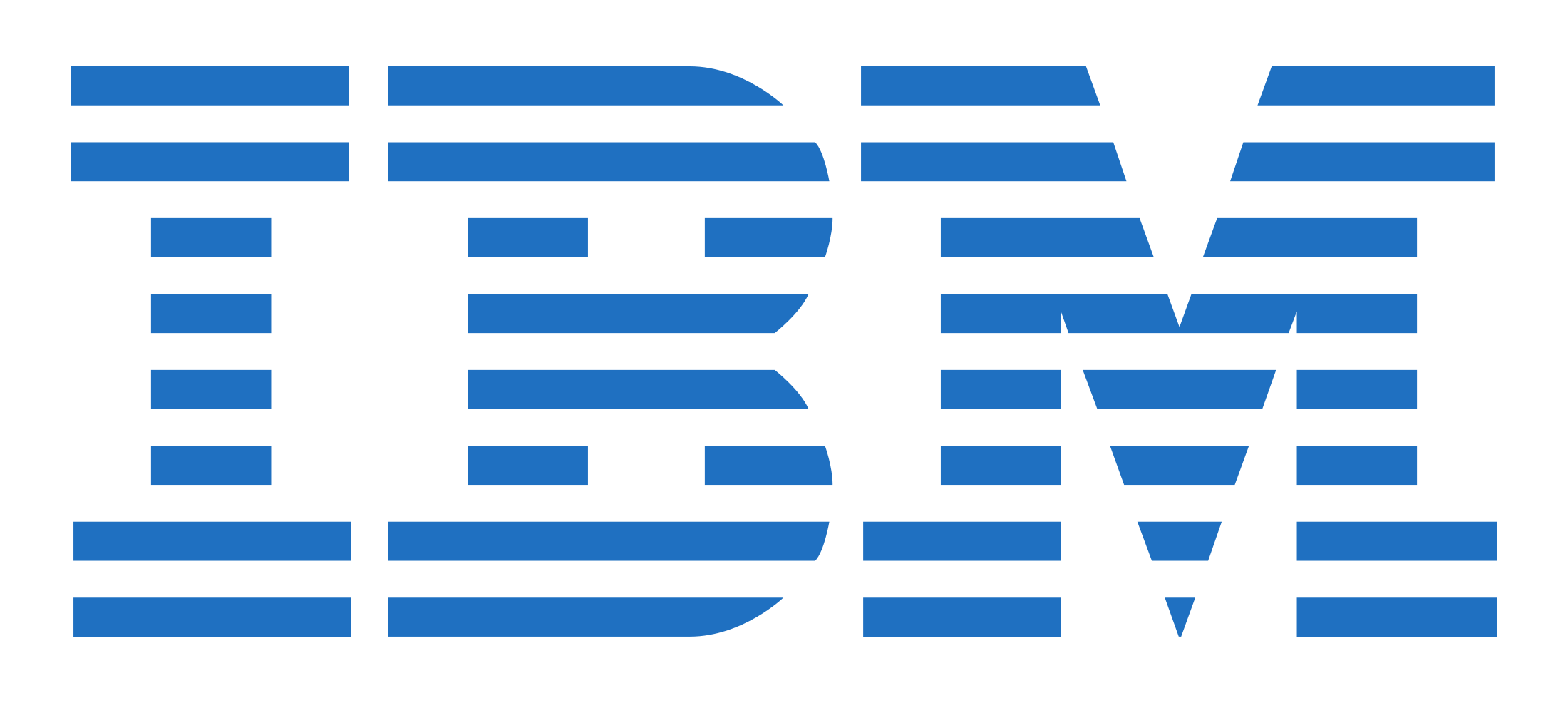



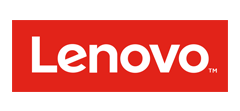

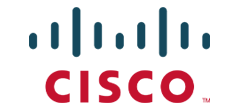
.png)

-1.png)
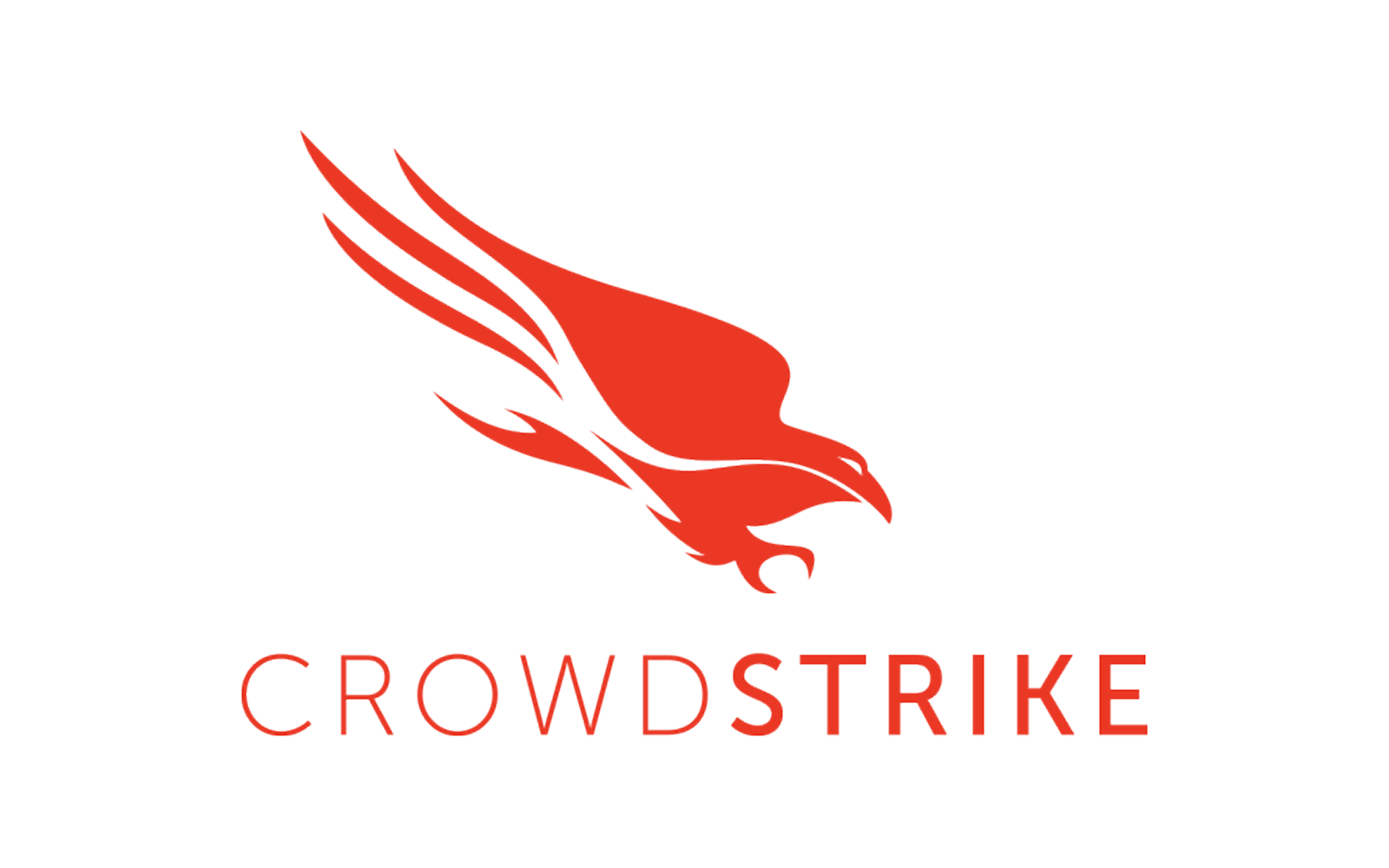
-1.png)


.png)